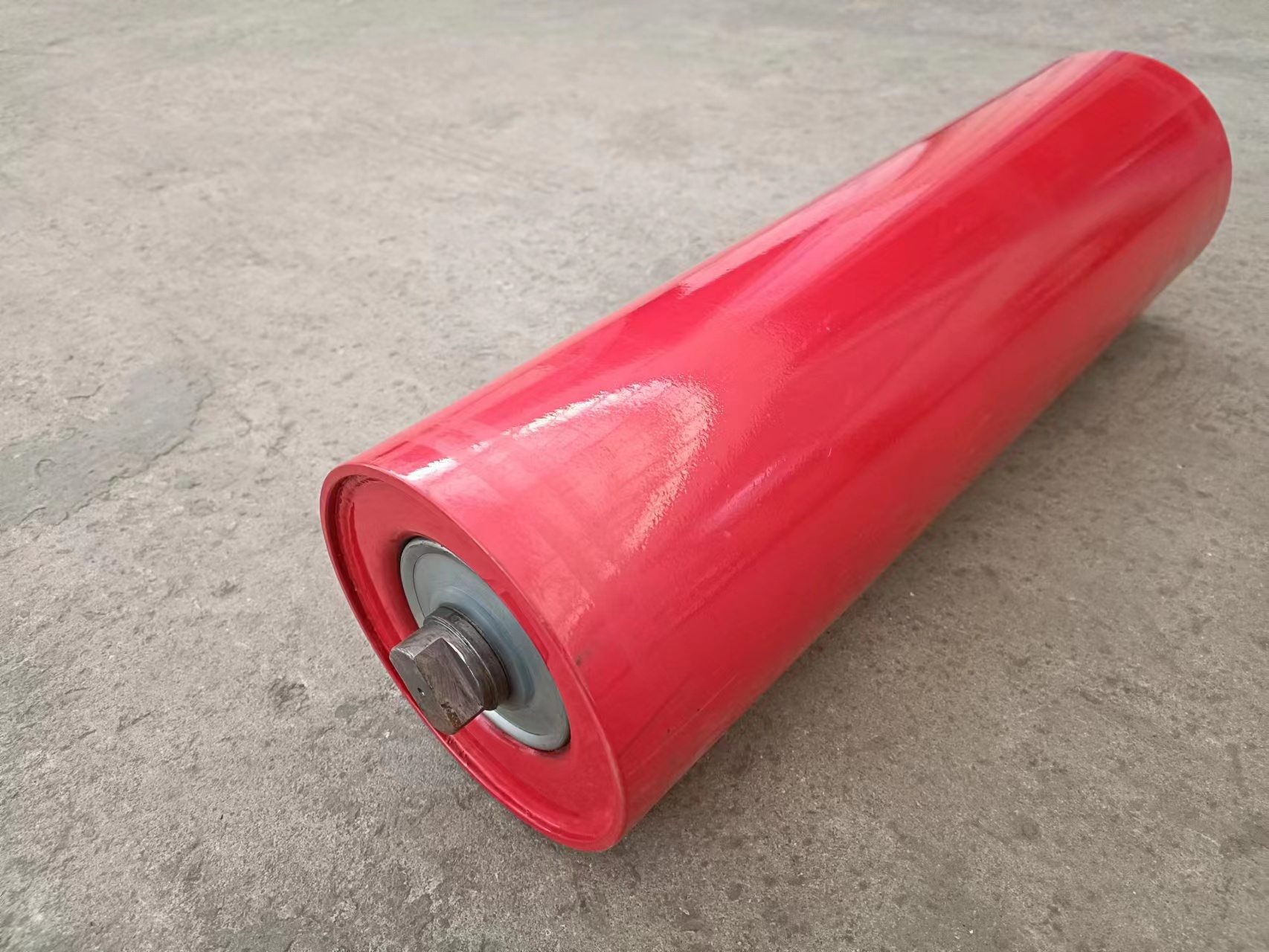 Afrikaans
Afrikaans  Albanian
Albanian  Amharic
Amharic  Arabic
Arabic  Armenian
Armenian  Azerbaijani
Azerbaijani  Basque
Basque  Belarusian
Belarusian  Bengali
Bengali  Bosnian
Bosnian  Bulgarian
Bulgarian  Catalan
Catalan  Cebuano
Cebuano  Corsican
Corsican  Croatian
Croatian  Czech
Czech  Danish
Danish  Dutch
Dutch  English
English  Esperanto
Esperanto  Estonian
Estonian  Finnish
Finnish  French
French  Frisian
Frisian  Galician
Galician  Georgian
Georgian  German
German  Greek
Greek  Gujarati
Gujarati  Haitian Creole
Haitian Creole  hausa
hausa  hawaiian
hawaiian  Hebrew
Hebrew  Hindi
Hindi  Miao
Miao  Hungarian
Hungarian  Icelandic
Icelandic  igbo
igbo  Indonesian
Indonesian  irish
irish  Italian
Italian  Japanese
Japanese  Javanese
Javanese  Kannada
Kannada  kazakh
kazakh  Khmer
Khmer  Rwandese
Rwandese  Korean
Korean  Kurdish
Kurdish  Kyrgyz
Kyrgyz  Lao
Lao  Latin
Latin  Latvian
Latvian  Lithuanian
Lithuanian  Luxembourgish
Luxembourgish  Macedonian
Macedonian  Malgashi
Malgashi  Malay
Malay  Malayalam
Malayalam  Maltese
Maltese  Maori
Maori  Marathi
Marathi  Mongolian
Mongolian  Myanmar
Myanmar  Nepali
Nepali  Norwegian
Norwegian  Norwegian
Norwegian  Occitan
Occitan  Pashto
Pashto  Persian
Persian  Polish
Polish  Portuguese
Portuguese  Punjabi
Punjabi  Romanian
Romanian  Russian
Russian  Samoan
Samoan  Scottish Gaelic
Scottish Gaelic  Serbian
Serbian  Sesotho
Sesotho  Shona
Shona  Sindhi
Sindhi  Sinhala
Sinhala  Slovak
Slovak  Slovenian
Slovenian  Somali
Somali  Spanish
Spanish  Sundanese
Sundanese  Swahili
Swahili  Swedish
Swedish  Tagalog
Tagalog  Tajik
Tajik  Tamil
Tamil  Tatar
Tatar  Telugu
Telugu  Thai
Thai  Turkish
Turkish  Turkmen
Turkmen  Ukrainian
Ukrainian  Urdu
Urdu  Uighur
Uighur  Uzbek
Uzbek  Vietnamese
Vietnamese  Welsh
Welsh  Bantu
Bantu  Yiddish
Yiddish  Yoruba
Yoruba  Zulu
Zulu Exploring Various Types of Rollers for Enhanced Conveyor System Performance and Efficiency
Understanding Return Rollers for Conveyors
Conveyor systems are an integral part of modern industries, simplifying the transportation of goods and materials. Among the various components that make up these systems, return rollers play a crucial role in ensuring their efficient operation. This article delves into the importance, functionality, and types of return rollers used in conveyor systems.
What are Return Rollers?
Return rollers, also known as return idlers, are designed to support the return section of a conveyor belt. After the materials are transported along the conveyor, the belt needs to return to its starting position to carry more materials. This is where return rollers come into play. They assist in guiding the belt back while minimizing friction and wear, thus maintaining optimal performance and extending the lifespan of the entire conveyor system.
Importance of Return Rollers
1. Support and Stability Return rollers provide crucial support to the weight of the belt, preventing sagging and maintaining proper alignment. This stability is vital for ensuring that the materials being transported remain in place, reducing the risk of spills and accidents.
2. Minimizing Friction By providing a smooth surface for the conveyor belt to travel over, return rollers help minimize friction. This reduction in friction translates into lower operational costs, as it requires less energy to operate the conveyor system.
3. Wear Reduction A well-designed return roller system significantly cuts down on wear and tear on the belt. This not only prolongs the life of the conveyor belt but also reduces maintenance costs and downtime.
4. Belt Tracking Proper placement and alignment of return rollers are essential for effective belt tracking. Misalignment can lead to belt drift, which eventually results in damage to the belt and other components of the conveyor system.
return rollers for conveyors

Types of Return Rollers
Return rollers come in various designs, each suited to different applications and types of conveyors. Here are some common types
1. Flat Return Rollers These are the most common type, featuring a cylindrical shape that allows the belt to roll smoothly over them. They are used in standard conveyor systems for general material handling.
2. Rubber-Coated Rollers To enhance grip and reduce slippage, some return rollers are coated with rubber. These are particularly useful in applications where the materials being transported are prone to sliding.
3. Self-Adjusting Rollers These innovative return rollers automatically adjust to the tension of the conveyor belt, ensuring consistent support and minimizing wear. This feature is particularly valuable in high-capacity systems.
4. Impact Return Rollers Designed for applications where heavy materials are transported, impact rollers absorb shock and reduce the stress on the conveyor belt. They are typically used in heavy-duty applications, such as mining and recycling.
Conclusion
In summary, return rollers are essential components in conveyor systems, playing a pivotal role in the overall efficiency and longevity of the setup. Their primary functions include providing support, minimizing friction, reducing wear, and ensuring proper belt tracking. Understanding the various types of return rollers and their applications is vital for industries relying on conveyor systems, as it can lead to improved performance, cost savings, and enhanced safety. When selecting return rollers, considerations such as the type of materials being transported, environmental conditions, and the specific requirements of the conveyor system are critical to achieving optimal results. Proper maintenance and timely replacement of worn rollers will not only enhance operational efficiency but also contribute significantly to the longevity of the entire conveyor system.
-
Revolutionizing Conveyor Reliability with Advanced Rubber Lagging PulleysNewsJul.22,2025
-
Powering Precision and Durability with Expert Manufacturers of Conveyor ComponentsNewsJul.22,2025
-
Optimizing Conveyor Systems with Advanced Conveyor AccessoriesNewsJul.22,2025
-
Maximize Conveyor Efficiency with Quality Conveyor Idler PulleysNewsJul.22,2025
-
Future-Proof Your Conveyor System with High-Performance Polyurethane RollerNewsJul.22,2025
-
Driving Efficiency Forward with Quality Idlers and RollersNewsJul.22,2025





























